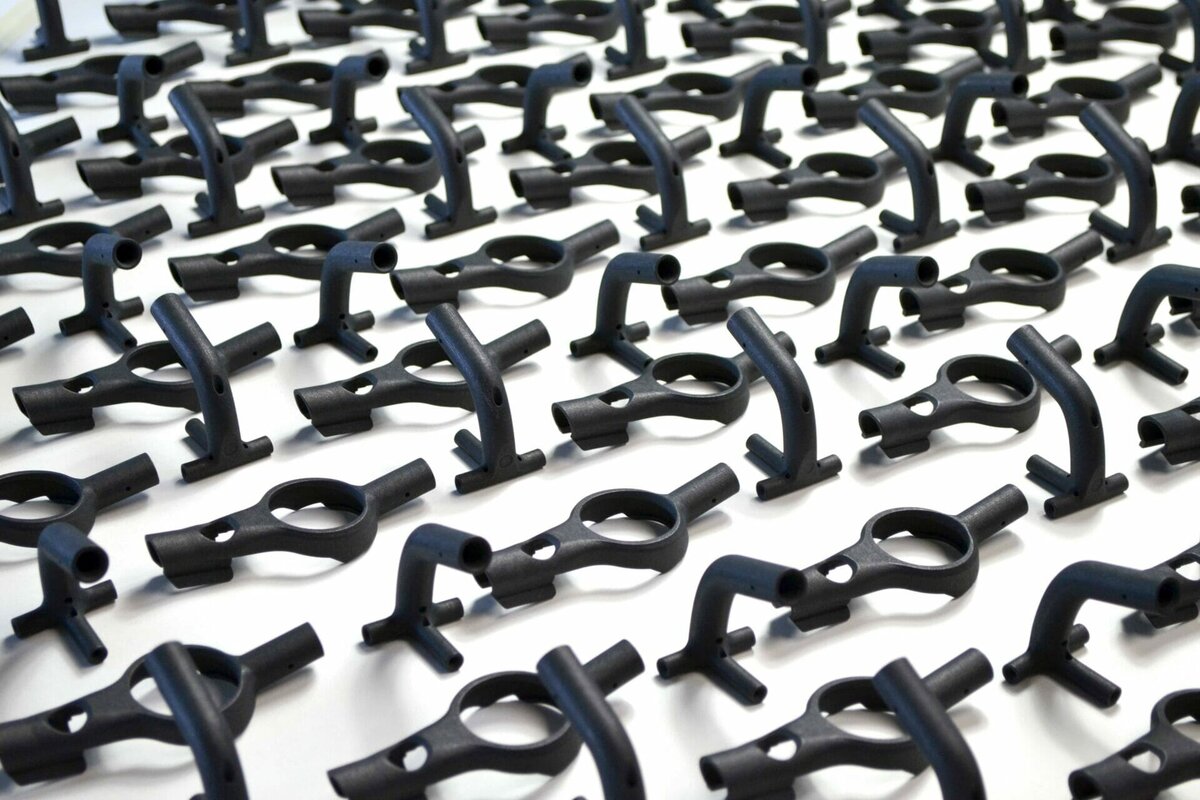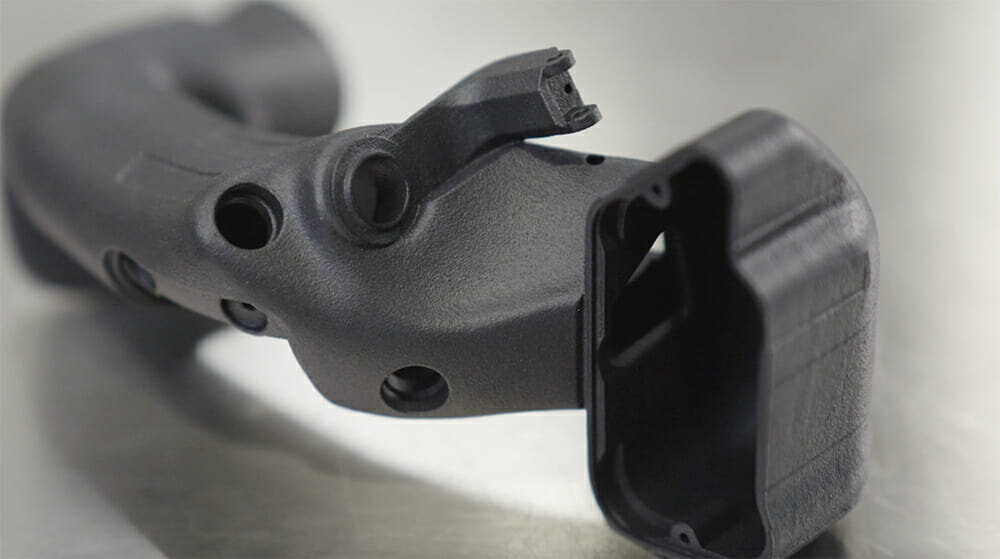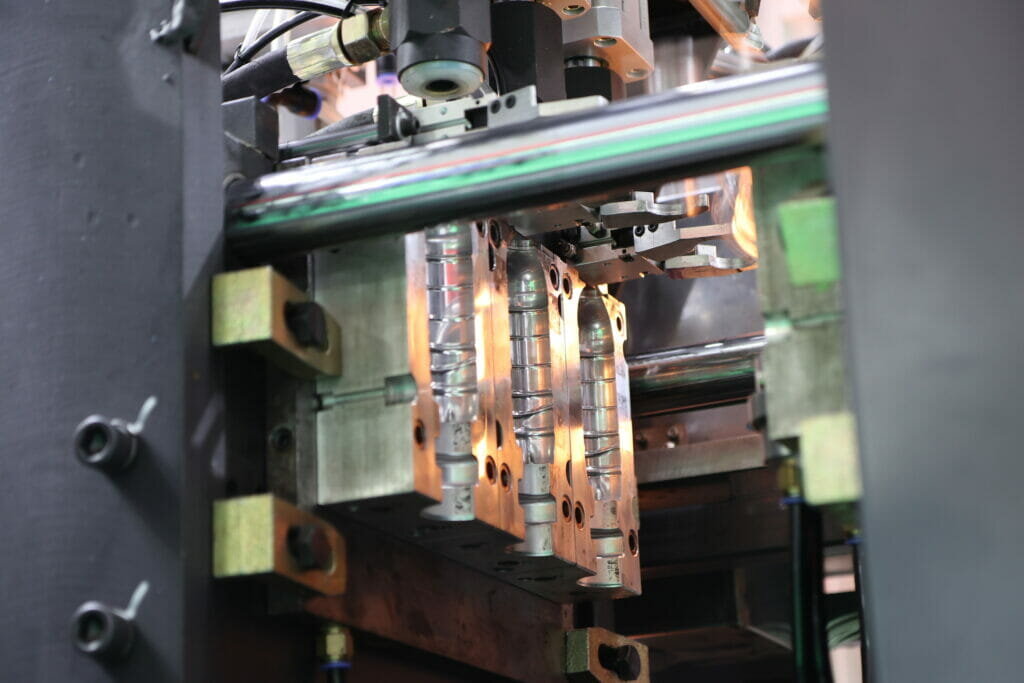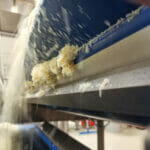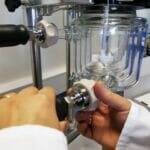Nick Allen, MD, 3DPRINTUK
3D printing is unique as a disruptive technology in one key respect, and that is, having disrupted the manufacturing paradigm through the introduction of rapid prototyping some 25-30 years ago, it is now disrupting manufacturing again. This is based around the fact that today, 3D printing technologies have been refined to such an extent that they are truly viable production technologies. Now the conversation among manufacturers is around the most judicious use of 3D printing for production, what its advantages are, where the sweet spot is in terms of preferable volumes, what are the opportunities that exist through it use, and what are the barriers to entry?
MAKE OR BUY
There will be few manufacturing enterprises that will not either have used or are flirting with the adoption of 3D printing at some level in 2021, be it as a complimentary technology to existing legacy manufacturing processes, or indeed as an alternative. Many OEMs will be using desktop 3D printers for rapid prototyping, purely to get an early reasonably accurate 3D model of their product designs, but these printers are not designed for more exacting production applications, where repeatability and accuracy / tolerance attainment are vital.
The 3D printing machines that achieve production level repeatability and accuracy are typically costly beasts. Because of this, many potential users are put off by the large capital outlay required, and therefore approach 3D printing subcontract specialists, which not only have the levels of necessary high quality 3D printing machines in-house, but also have the experience to get the most out of them. The idea that 3D printing is a plug and play technology is a myth, and while entry-level desktop model printers only require a modicum of knowledge to operate, for production applications, to get the necessary build parameters, and to optimise quality, costs per part, and timeliness of build requires a heap of experience, which subcontract agencies have in spades.
INJECTION MOULDING – PROS & CONS
When it comes to the production of plastic parts, 3D printing is working in a space where the conventional processing technology is injection moulding.
Injection moulding is still the go-to technology for high volume plastic part production, but it is characterized by significant up-front capital investment in tooling, which is also time-consuming, and difficult and expensive to adapt. The technology can use several molds at the same time, which means that it is ideally suited to the mass manufacturer of parts and components cost effectively, its cost effectiveness also promoted by the fact that there is minimal wastage as material is precisely dosed to match specific mould requirements. In addition, while there is an increasing number of material options that can be used with 3D printing, it still cannot match the choice of materials that are compatible with injection moulding.
A significant drawback, however, is the fact that there are design limitations inherent in injection moulding, with some geometries being difficult to remove from the mold, and precise and delicate designs being difficult and expensive to mold accurately. Also, it is difficult, costly, and sometimes impossible to correct tooling mistakes or change tooling to optimise or iterate new designs. Often new tools are required, with all this implies in terms of cost and time, tools often taking weeks if not months to fabricate.
3D PRINTING FOR PLASTIC PART PRODUCTION
3D printing exhibits a number of advantages when compared to legacy processes such as injection moulding.
The most important of these is the added flexibility 3D printing allows in design. Most obviously, 3D printing can make components either impossible or expensive and difficult to achieve using injection moulding, such as components that are hollow in certain areas. This is possible, as in 3D printing material is added in layers, and material density of the core can be altered. So, not only can some areas be hollow, but other critical areas can be reinforced. This means that 3D printing is a key facilitator when it comes to light-weighting but with increased strength. With 3D printing, ideal material conditions throughout a part are dictated by design not by the vagaries of various production and post-production processes used.
3D printing also promotes what can be called the consolidation of complexity. This is done as the technology can combine parts and features in one build that would otherwise have to be post-processed or assembled using conventional injection moulding and allied technologies, again driven by the design flexibility that 3D printing offers. Parts can be produced using 3D printing that are more ergonomic and which incorporate multiple parts and features which would be impossible or prohibitively expensive to achieve via the fabrication of highly complex tooling required for injection moulding.
3D printing requires no tooling and is agile which facilitates quick production turnaround. With 3D printing, part cost is not connected with part complexity. As soon as complexity is introduced to an injection moulded part, the requirement is for more and more expensive mould tools, which leads to an exponential increase in costs until part production is no longer viable. As 3D printing adds material, complexity of design and different incorporated shapes do not affect the amount of time that it takes to produce a part, and therefore does not lead to increased costs
Beyond non-costly part complexity, using 3D printing for production also facilitates nearly unlimited geometric freedom, exhibits very low to zero iteration costs, and has low downtime in the production cycle.
Conversely, injection moulding makes design iterations costly, and beyond the high cost of upfront tooling which as mentioned increases with increased part complexity, means that production is restricted to the location of the production tooling. 3D printing technologies manufacture direct from 3D CAD files, so the location of manufacture is much more flexible.
Also, as 3D printing is a digital process, it can be stopped post-part build or post-run and started again without punitive cost, meaning that production volumes can be exactly aligned with demand day to day, week to week, month to month. With injection moulding, once the production process is initiated, it needs to fulfill the full run immediately to remain economic, which therefore necessitates the need for warehousing which itself increases the cost per part.
3D printing is a highly reliable, cost-effective, and relatively easy-to-use production technology for short to medium volume applications and can rival injection moulding.
THE BEST FIT
Injection moulding finds its sweet spot in large batch production where the requirement is for the manufacture of many thousands of identical products simultaneously. It is also best suited to robust designs based on one continuous form, and the process can produce products with superior smooth surface finish without the need for post-processing (which is typically needed with 3D printing parts).
3D printing finds its sweet spot in the area of prototyping, and small to medium sized production runs of geometrically complex parts and components with gaps, holes, or voids. It is also the best fit for the manufacture or parts where the design will frequently evolve or where customization is required, as design changes can be accommodated even in production.
These respective sweet spots are quite discrete and play to the fact that forward thinking manufacturers could in fact be looking at 3D printing and injection moulding as complimentary processes rather than competitive processes. When used constructively together, for example, pre-production cycles can be dramatically shortened before large volume production is undertaken.
CONCLUSION
It seems likely that moving forward, runs of perhaps 10,000 and below will soon be the domain of 3D printing, which for such volumes will render injection moulding if not redundant, increasingly irrelevant when looked at through the prism of cost and time of production. However, injection moulding will never be replaced, as it will typically be the technology of choice for higher volume runs.
Perhaps the biggest advantage of the use of 3D printing, however, is that although per part it is slow compared with injection moulding, its advantages in terms of design freedom, creation of geometric complexity, and part consolidation all stimulate innovation. These factors alone may be a spur to using 3D printing for multiple smaller batch runs rather than bowing purely to the economics of using injection moulding for high volume manufacture.

